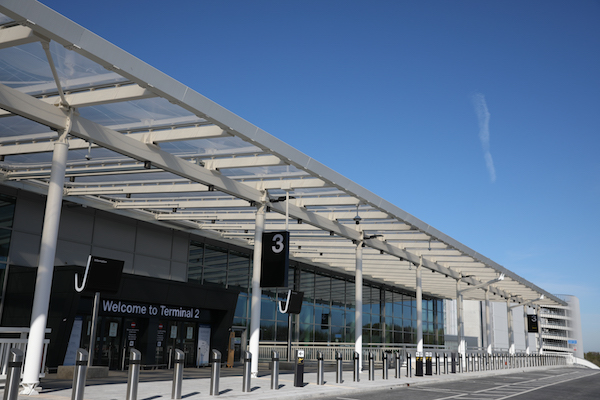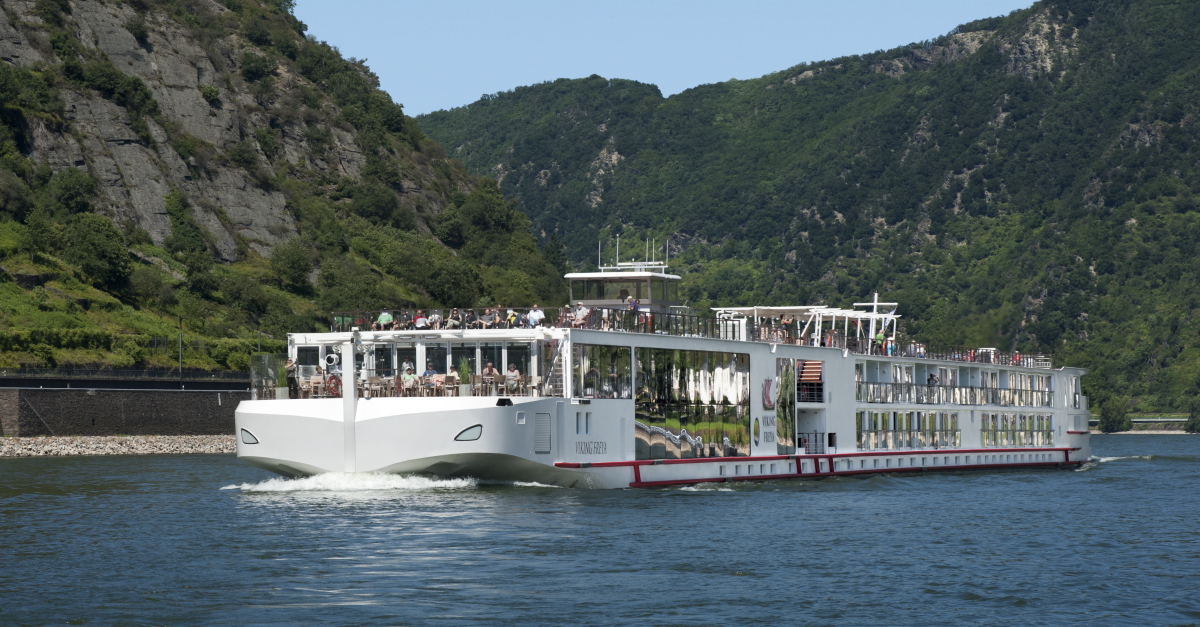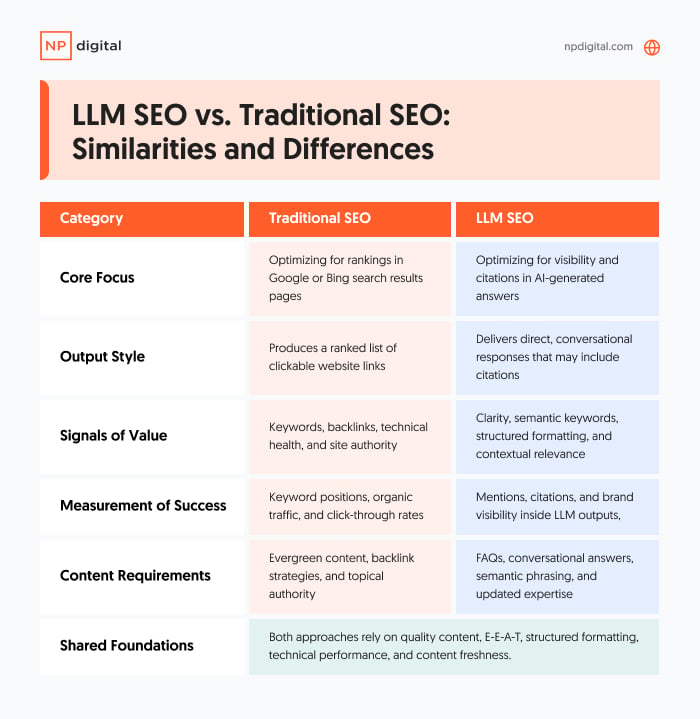Navigating luxury yacht charter costs: Understanding fees and expenses
Whether you are celebrating a special family occasion, a milestone birthday or perhaps kicking off your retirement, few experiences... The post Navigating luxury yacht charter costs: Understanding fees and expenses appeared first on A Luxury Travel Blog.

Whether you are celebrating a special family occasion, a milestone birthday or perhaps kicking off your retirement, few experiences can rival that of a private luxury yacht charter. The thrill of the open sea, the charm of a Mediterranean harbour or the privacy of a secluded Caribbean beach, plus unparalleled and bespoke service on board combine to create a truly unique vacation.

A quick scroll through tantalising images of superyachts will reveal the vast choice available for charter in destinations around the world, with wildly different price tags. When planning a luxury yacht charter, the budget is often a good starting point, but are there additional costs beyond the headlines?
Working with an experienced charter broker is a must when planning a crewed yacht charter vacation, but this basic guide to understanding the fees and expenses will help you sail through the process.
What is a private yacht charter?
Chartering a yacht means you are paying a fee to the owner in exchange for exclusive use of the yacht for a specified period. Your itinerary will be planned in advance and during the charter you will have access to all the yacht’s amenities which might include on board water toys such as jet skis, paddleboards and water slides or a jacuzzi, beach club and spa. Crewed yacht charters come with an onboard crew including a captain, deck team, stewardesses and a chef who will cater to your every need based on your preferences.

How much does it cost to charter a yacht?
Generally speaking, the size of the yacht determines the ‘base charter fee’ which is the price you will most likely see advertised on yacht listings often quoted as a ‘per week’ amount. But other factors come into play including: the age of the yacht or how recently it has been refitted; the amenities on board and the quality of the fixtures and fittings; whether it is a motor yacht, sailing yacht or catamaran; the size of the crew and inclusion of a chef or spa treatments; and perhaps the most influential factor, the season and special local events like the Monaco Grand Prix, Cannes Film Festival or Olympics. The base charter fee will usually have two basic rates covering high and low season – the dates of high season will differ depending on the destination but will be specified in the pricing.
High season includes the most popular weeks of the year, often winter in the Caribbean and July and August in the Mediterranean – these are the most common regions for chartering but expeditions to extreme locations or destinations further afield may have differing seasons. The high season often includes the school holidays so is usually the busiest time. To avoid the crowds the shoulder season – the weeks around the high season – can offer great value with little difference in weather conditions.
The base charter fee will cover the crew’s wages, food and all listed amenities – although there may occasionally be an additional charge for jet ski hire and fuel or specially requested toys like an inflatable water park. Your charter broker will outline all inclusions in the contract which should be industry standards like MYBA (Worldwide Yachting Association) or Standard Caribbean Terms (SCT) – usually more or all-inclusive.
What is an Advanced Provisioning Allowance (APA)?
Once the base charter rate has been established, it is important to consider what costs will be applicable in addition, which will usually be described as ‘plus expenses’ and is often called the Advanced Provisioning Allowance (APA). The terms of the APA should be included in the charter contract and include expenses for additional food, beverages, special requests, internet access, fuel, harbour fees and dockage. Although it may seem like a hidden cost, having an APA allows guests complete control over how much is spent depending on how extravagant the catering, the variety and amount of drinks on board and the itinerary. Fuel is only charged when it is used – although it will include tender and jet ski fuel – and dockage can vary greatly from premium berths at the Monaco Grand Prix to nothing at all in some areas.

The APA is typically up to 30% of the weekly charter rate and will be paid before departure. The captain will keep a detailed record of expenses and present the final amount to you or your broker on completion of the charter. Any unused funds will be returned in cash but if the balance runs low, guests are expected to provide sufficient funds for the remainder of their time on board. Your charter broker can assist in the management of these funds on your behalf to avoid the need to carry quantities of cash.
Everything you need to plan your trip in 2024
Are taxes and insurance included?
The old adage ‘nothing is certain except death and taxes’ rings true in yachting anywhere, with local taxes and VAT being chargeable by law in many regions, on top of the charter fees. Tax is a complex issue, particularly if your itinerary includes multiple countries and depends on where you board or disembark. A professional charter broker is invaluable for determining which local taxes are applicable and ensuring they are paid promptly to the correct authorities.

The base charter fee will include insurance to cover risk and third-party liability like accidental damage, personal injury and use of the yacht’s toys and equipment – bear in mind that some countries require a license to use jet skis and insurance will be invalidated without the correct paperwork. Taking out Cancellation and Curtailment insurance is vital and covers charterers for unforeseen circumstances which may alter or cancel their travel plans. The experience of a reputable charter broker and appropriate insurance policy will give you peace of mind and is a wise investment.
Is it customary to tip the crew?
A gratuity is entirely at the guests’ discretion and should reflect their appreciation for quality service from the crew while on board. Although not compulsory, it is customary for tips to range between 10 and 20% of the base charter rate.
While you may have had more interaction with a particular team member or spent lots of time with the deck crew while on the tender or water toys, the crew should be considered as one and the tip presented to the captain at the end of the charter. They will distribute the money to ensure that every crew member is fairly recognised – remember for every client-facing stewardess or deckhand there is a hard-working sous chef in the galley or interior stewardess in the laundry and preparing the cabins. Everyone on board will work diligently to guarantee the success of your charter.

The costs may seem bewildering, but careful planning and familiarising yourself with the contracts and process in advance will mean you can focus on unwinding and having fun while on board, rather than worrying about how much it costs to stay overnight in a particular marina or enjoy a local delicacy for a celebratory dinner. With a professional charter broker as your guide, you will benefit from their experience and support to smooth the waters from the start of your charter planning journey until you step off the yacht with a head and heart full of lasting memories.
Trina Howes
Trina Howes is a Director of CharterWorld America. CharterWorld America is a luxury private yacht charter company that creates outstanding vacations with excellent yachts at amazing prices – worldwide. If you would like to be a guest blogger on A Luxury Travel Blog in order to raise your profile, please contact us.
Did you enjoy this article?
Receive similar content direct to your inbox.

 Astrong
Astrong 
































